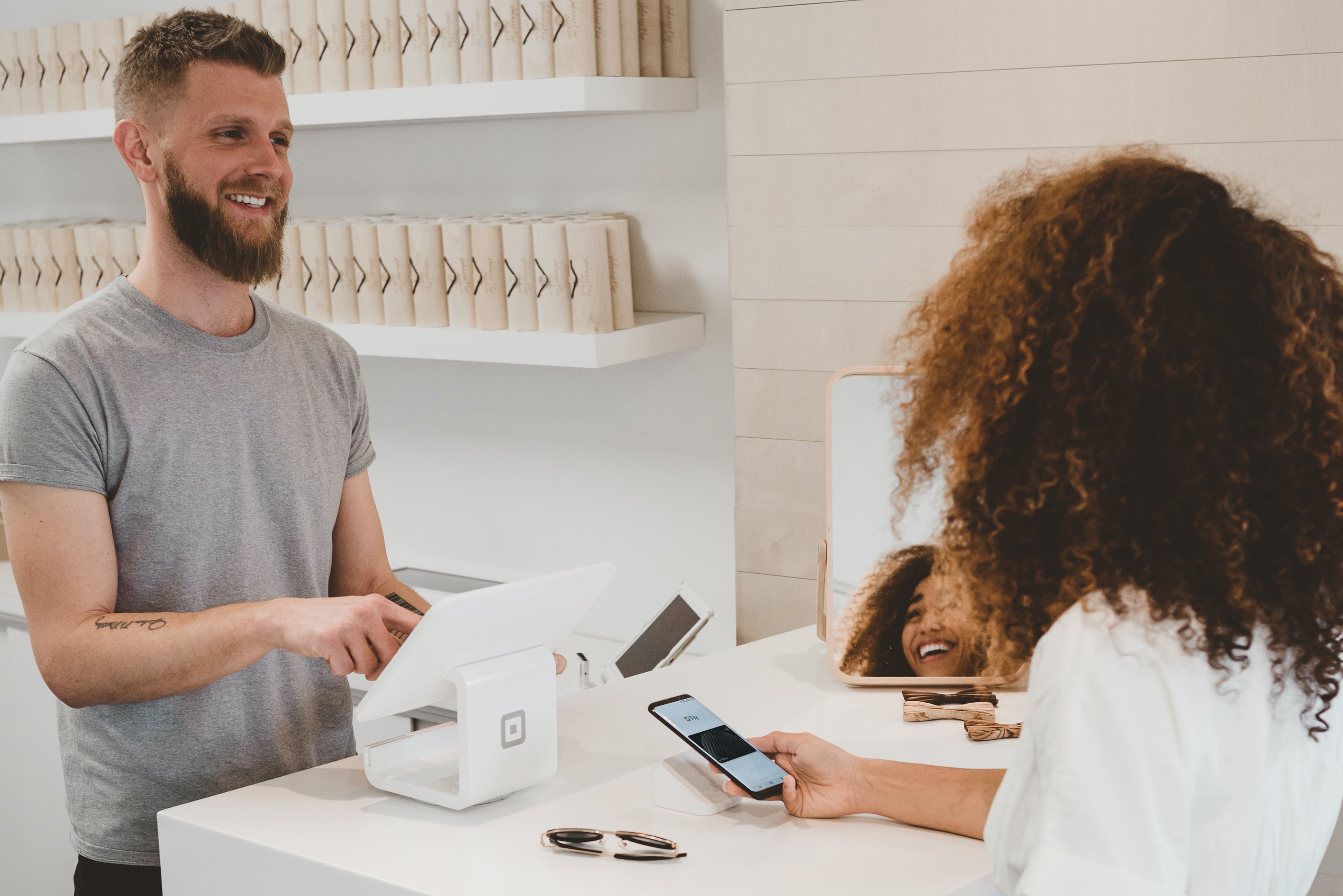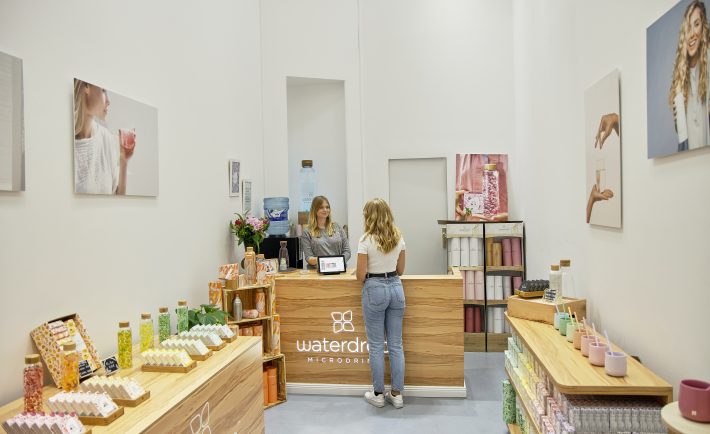When it comes to establishing sticky brand loyalty, it’s all about knowing your audience.
That may sound obvious, but it’s something a lot of entrepreneurs struggle with. They create a brand that doesn’t match the needs or interests of their target market and then wonder why their efforts don’t result in customers who stick around.
If you’re looking to create a brand that inspires loyalty, you need to start by getting to know your target market inside and out. Ask yourself questions like: What are their pain points? What do they care about? Once you have a good understanding of what makes them tick, you can start creating messaging and marketing that resonates with them.
Knowing your target audience
Do you know who your target audience is?
If not, you need to do some in-depth market research to figure it out. You might be targeting the wrong people, or you might not be targeting them in the right way.
Once you know your target audience, geo-target them. This means tailoring your message to specific locations and demographics. If you want to build sticky brand loyalty, speak their language and understand their needs.
Don’t try to appeal to everyone. It’s impossible, and it won’t result in anything but a watered-down message that no one will care about. Narrow down your target audience and focus on reaching them effectively.
Focusing on touchpoints with your customers
What do we mean by this?
Well, every interaction your customer has with your brand is a touchpoint. This can be anything from seeing your advertising to using your product or service and interacting with customer service.
It’s essential to create a strategy that acknowledges these different touchpoints and rewards customers for their loyalty. For example, you might offer a discount on future purchases for customers who have signed up for your mailing list or send them a special offer for making X purchases in a month.
The key is to put yourself in your customers’ shoes and think about what would make them loyal to your brand. What would make them content? What would make them feel appreciated?
Developing an effective customer service strategy

Image Credits: unsplash.com
Think about your favorite brands.
Odds are, you’re incredibly loyal to them. Maybe you even brag about them to your friends. Why is that? What do those brands have that others don’t?
One key factor is often an excellent customer service strategy. When you’re focused on providing top-notch customer service, it shows that you care about your customers and their experience with your brand. And when customers feel appreciated and valued, they’re far more likely to stick around.
That’s why it’s wise to track customer service and loyalty metrics. By measuring how well you’re doing in this area, you can identify areas for improvement and continue to provide the best possible experience for your customers.
In addition, make sure your branding aligns with your values. When customers can see that you stand for something they believe in, they’re more likely to want to stick with you. Finally, appeal to their emotions. Creating an emotional connection with customers is a powerful way to build loyalty.
Approaches for building a community around your brand
Here are a few things you can do to get started:
- Incentivize community engagement. If you want people to participate, give them a reason to. This could be in the form of discounts, exclusive content, or early access to new products or features.
- Measure community success. Keep track of things like engagement rate, number of new members, and community sentiment. This will help you identify what’s working and what’s not.
- Regularly engage with your brand’s community. Show them that you care about what they have to say. Respond to their questions and comments, and solicit feedback regularly.
When it comes to sticky brand loyalty, it’s all about understanding your target market and giving them what they want. This means putting your customers first and always striving to meet their needs. By creating a strong connection with your customers, you can build a loyal base of supporters who will stick with you through thick and thin. So don’t be afraid to get personal and get to know your customers on a deeper level. The more you know about them, the easier it will be to give them what they want and keep them coming back for more.



